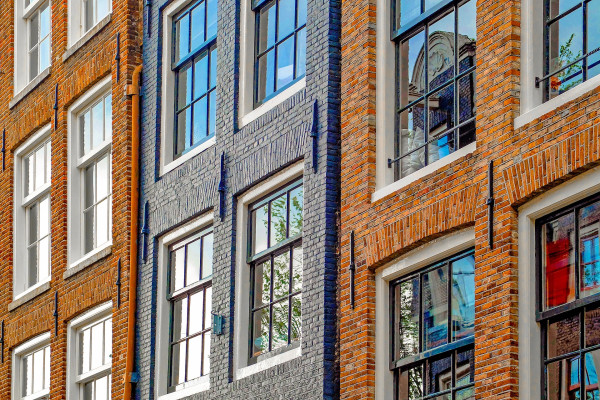How Restoring Painted Brick Improves Your Home’s Curb Appeal

Any real estate professional knows that when it comes to selling a property, a positive first impression makes all the difference in the world. When it comes to property value, curb appeal is essential in making a sale. Now there's research to back that up. When prospective buyers view a property, the majority (43.1%) decide whether or not to make an offer within the first five minutes of viewing. Of that number, the decision-making process of more than 20% involves how the walls on the exterior of the property look. If they're old-fashioned or in poor shape, they will turn a lot of people off. Brick is neither. It stays visually appealing no matter its age. Unfortunately, when you paint it, that’s a whole other story. While there are some examples of painted brick done right, in the majority of cases, painted brick is time-consuming to maintain, and the difficulties involved in painting a brick wall are myriad. Here are just a few of the things that can go wrong:
- If you don’t use the correct paint, you’ll see a lot of deterioration. Moisture will eventually work under the paint, causing disintegration which both destroys visual appeal and can lead to long-term structural problems.
- Failure to remove crumbling particles and replace damaged sections of brick before painting may be visible in the finished project. You’ll see uneven or bubbling paint.
- Even when done correctly, most cases of painted brick require a fresh coat of paint every year to maintain their appearance.
Basically, unless you (or your property’s original owner) did the job right when painting the property’s exterior, painted brick is more trouble than it’s worth to maintain. But restoring it is no picnic, either. If you’re committed to doing it yourself, here's an overview of the process of stripping and restoring the wall:
- Brush off the crumbling particles and scrape off the paint in areas where it’s peeling and crumbling first. Do not consider sandblasting under any circumstances - it can and will cause permanent structural damage to your property.
- Check to see how much the brick has deteriorated. If the deterioration is extensive, you may need to pre-emptively tuckpoint the brick.
- Scrub the wall with a strong cleaning solution such as trisodium phosphate and chlorine bleach. Rinse it thoroughly, and allow it to dry before taking any additional steps.
- At this point, you have a decision to make - you can try to re-paint the wall, or you can try to restore it to its original appearance. If you choose the latter, you'll need to purchase a chemical paint remover designed for masonry surfaces. Test the remover on a small, inconspicuous area before doing anything else.
- Clean the entire wall, taking care to remove all the paint.
- Carry out the necessary repairs - depending on the extensiveness of the damage, you may well need to replace large portions of the wall.
Not exactly a simple process. Even though brick restoration has a big payoff, it’s not something you should tackle on your own. If you need to restore painted brick, call Bald Eagle Construction at {{ info:phonenumber }} for a free estimate.
